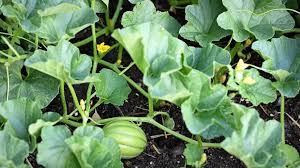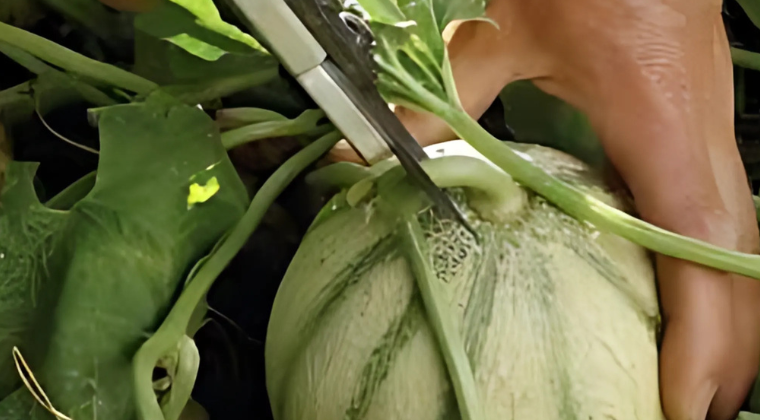Cutting melon is a key step to get fruit sweet, well-formed and in quantity. This horticultural practice, often neglected, allows to control the exuberant growth of the melon plant while promoting better fruiting. Find out here how to master the size of the melon, step by step, for guaranteed results.
- Why should you prune melon?
- When to prune melon?
- The different sizes to be made
- Additional tips for a successful size
- Advantages of melon size
- FAQ
Why should you prune melon?
The melon (Cucumis melo) is a vigorous plant, with creeping stems that can easily’ extend over several meters. Without intervention, it produces a lot of foliage at the expense of fruits.
The objectives of size :
- Stimulate the formation of female flowers (fruit producers)
- Reduce’ clutter and promote’aeration
- Direct the sap to the fruit for better quality
- Limit the number of fruits to get bigger and sweet melons

When to prune melon?
Pruning occurs at different times in the vegetative cycle:
- From 3 to 4 leaves on the young plant : to force the branching.
- During the’appearance of the first flowers: to select the best stems.
- In the process of fruiting: to limit the number of fruits and avoid the’ exhaustion of the plant.
The different sizes to be made
1. Training size
As soon as the plant has 3 or 4 leaves, pinch the main stem above the 2nd leaf. This will trigger the growth of two secondary stems.
This size is essential to form a branched plant, conducive to better fruiting.
2. Size of secondary stems
When these stems have 5 to 6 leaves, pinch again after the 3rd or 4th leaf. This will promote the’ appearance of tertiary stems, where female flowers will usually be born.
3. Fruit selection
As soon as fruits appear, keep only 4 to 6 fruits per plant depending on the vigor. Cut the non-fruiting or too weak stems.
Additional tips for a successful size
- Use a disinfected pruning shears to prevent disease.
- Always prune in dry weather to limit the risk of contamination.
- Mulch the soil after pruning to limit the evaporation and regrowth of weeds.
- Bring compost after each pruning to feed the plant.
Advantages of melon size
- And bigger fruits and sweeter
- A more regular yield
- Less diseases due to better ventilation
- A plant easier to monitor and maintain
FAQ
Why don’t my melons grow in spite of size?
This may be due to improper pruning, excess preserved fruit, or a lack of’ watering and’nutrients. Reduce the number of fruits to 4 or 5 and enrich the soil.
Can we prune melons grown in pots?
Yes, pruning is even recommended in pots to limit the expansion of foliage. Follow the same steps, adapting the’available space.
What is the difference between a male flower and a female flower in melon ?
The male flower does not bear a’ovary at the base, while the female has a small green ball that will give a fruit after pollination.
Cutting melon is a simple but decisive practice for harvesting tasty and well-formed fruits. By mastering the right techniques, you not only improve the quality of your melons, but also limit disease and promote balanced growth.





